Women and marginalized genders face disproportionate risks from its impacts, yet their voices are often excluded from decision-making. A gender inclusive climate action is not a peripheral concern, but the core of an effective strategy to address gendered impacts of climate change.
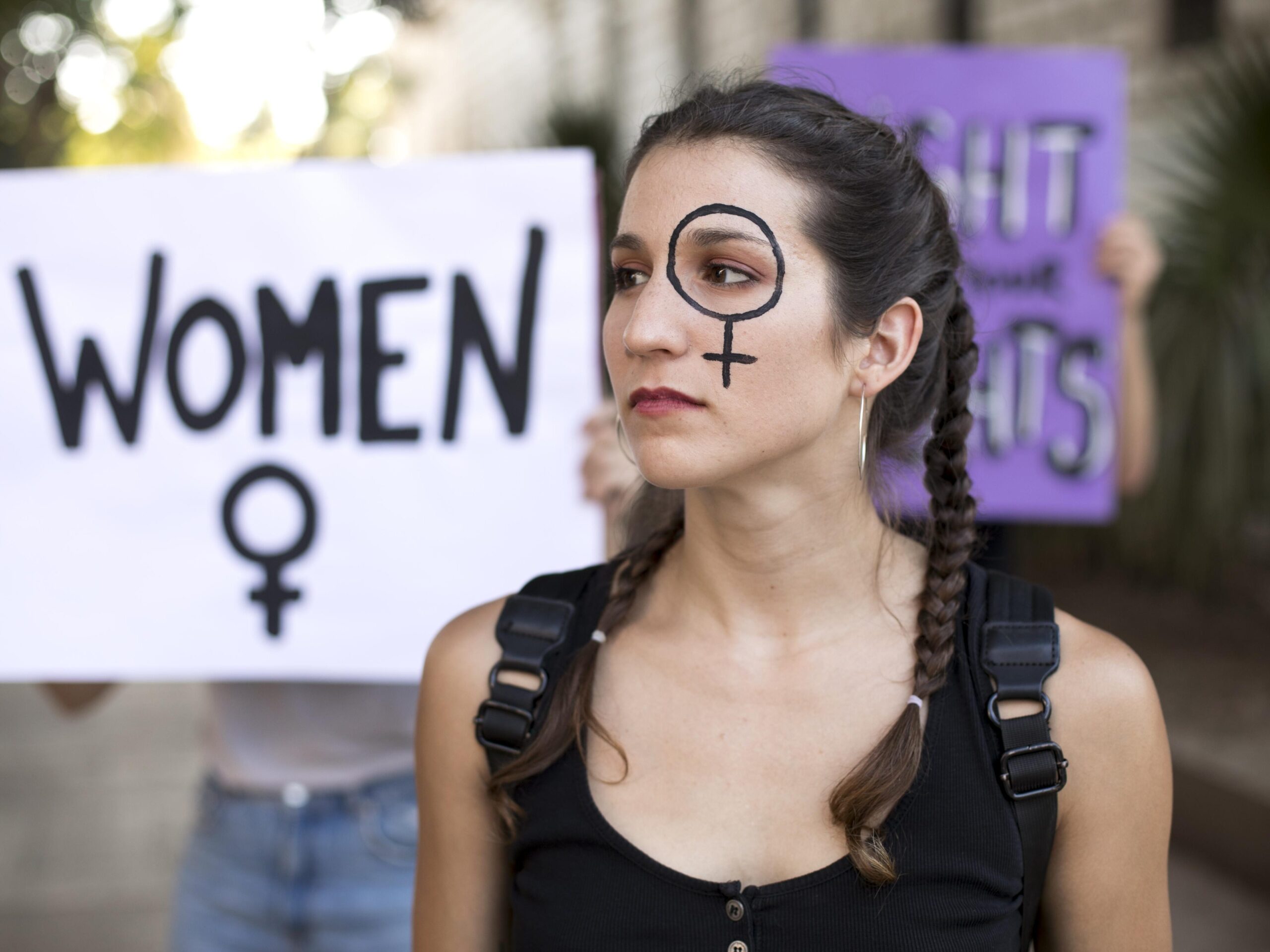
What Is Gender Inclusive Climate Action?
Gender inclusive climate action is an approach to addressing climate change that explicitly recognizes and responds to the different ways in which climate impacts affect women, marginalized genders, and other vulnerable groups.
It addresses this imbalance by integrating gender perspectives into policies, ensuring equitable resource allocation, and empowering women as leaders in sustainability efforts.
It means designing and implementing policies, projects, and programs that ensure these groups are actively involved in decision-making processes and benefit equitably from climate mitigation and adaptation measures.
9 Gendered Barriers To Climate Resilience
The gendered barriers are not limited to the lack of proper education, land-ownership, or a representation at the decision-making table, but goes far and beyond for women and those at the base of gender hierarchical pyramid.
These barriers highlight why gender-inclusive climate action plan is necessary for building resilience across communities.
1. Financial Exclusion And Climate Finance
Despite being climate frontline responders, women encounter significant barriers accessing climate finance. Gender equality and climate finance remain disconnected, with women receiving disproportionately smaller shares of adaptation funding.
Without adequate financial resources, women can’t invest in climate-resilient technologies, alternative livelihoods, or recovery after climate disasters. This exclusion perpetuates a cycle where those most affected by climate change have the fewest resources to address it.
2. Caregiving Responsibilities
Women’s disproportionate responsibility for caregiving limits their capacity to respond to climate emergencies or pursue climate-adaptive livelihoods.
When natural disasters strike or resources become scarce due to climate change, women’s unpaid care work often increases dramatically. This responsibility reduces their mobility, economic opportunities, and ability to participate in community-level climate adaptation planning
3. Exclusion From Decision-Making
Women remain underrepresented in climate policy planning and implementation. When excluded from decision-making processes, resulting climate interventions often fail to address women’s specific vulnerabilities and strengths, undermining community-wide resilience efforts.
4. Limited Access To Skills
Climate adaptation requires new knowledge and skills, yet women often have reduced access to education and training opportunities. This gap is particularly evident in technical fields related to renewable energy, sustainable agriculture, and water management.
Without equal access to climate-relevant education, women are excluded from emerging green economy opportunities.
5. Lack Of Gender-Responsive Climate Services
Weather information and early warning systems frequently fail to reach women effectively. These services may be shared through channels that most women (like housewives or women belonging to the labour community) cannot access or in formats (social media) that don’t account for women’s specific needs and constraints.
Climate services must consider gender-specific needs to ensure women can access and utilize critical information for climate preparedness.
6. Green Economy Gender Segregation
As economies transition toward sustainability, new green jobs are emerging, but these opportunities aren’t equally distributed. Climate-friendly sectors often replicate existing gender segregation patterns, with women underrepresented in higher-paying technical roles.
According to a study by UNDP on Greening Of The Labour Market, “women have lower likelihood of transitioning into a green job and are therefore at higher risk of bearing negative consequences of the green transition”
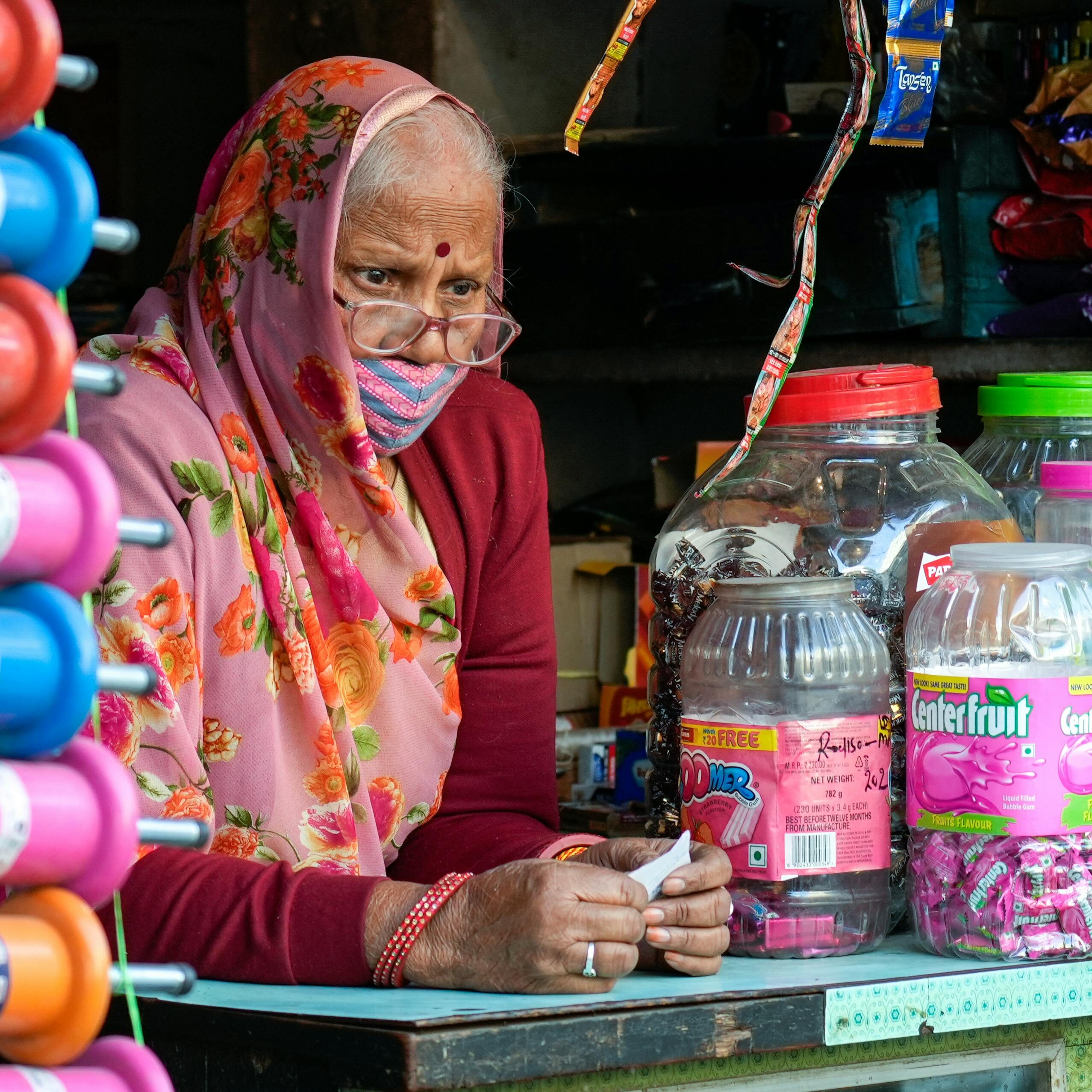

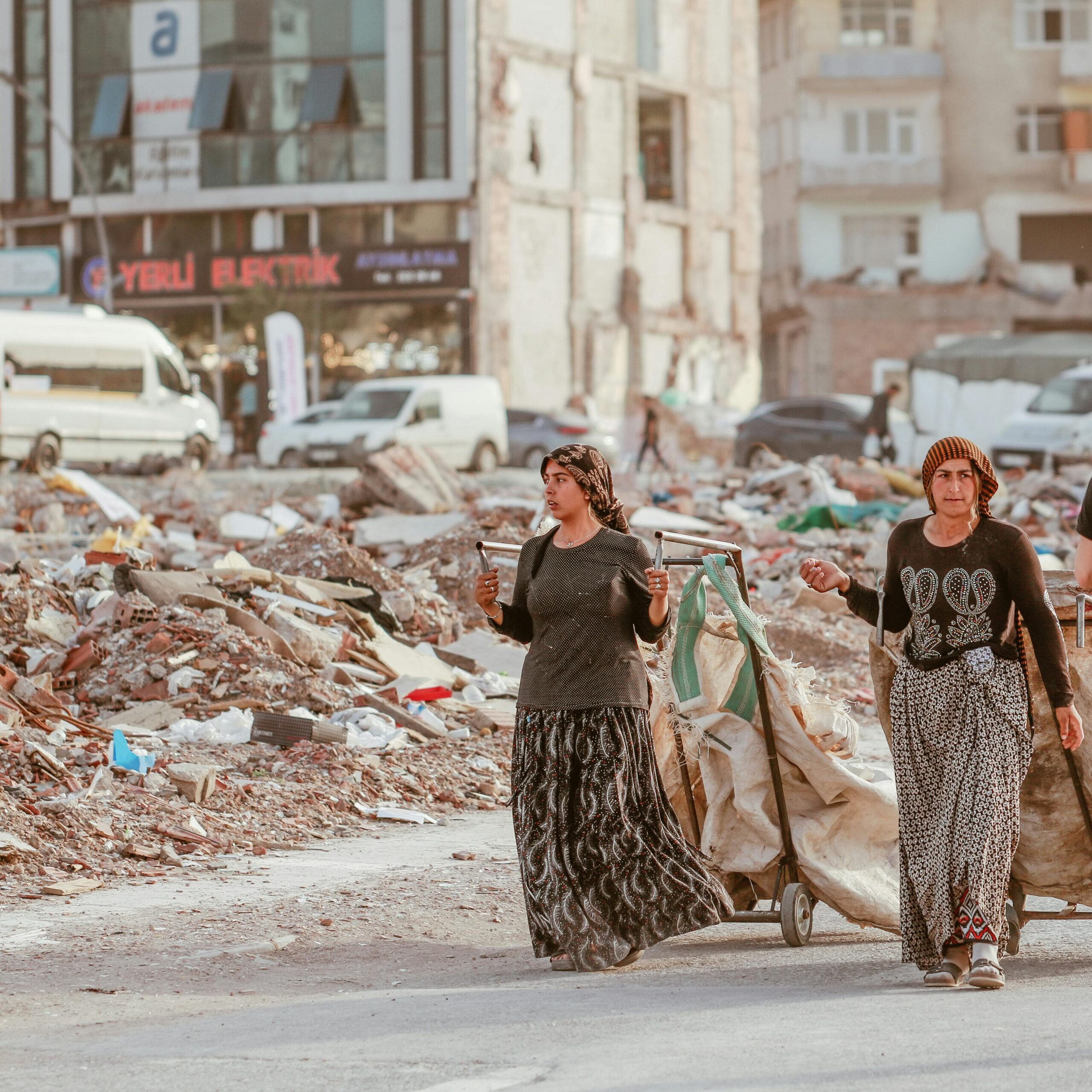
7. Institutional Biases In Climate Support Services
Agricultural extension services and climate programs often operate assuming men are primary decision-makers. These biases result in women being excluded from training on climate-resilient techniques, even when they perform most agricultural work.
8. Gender-Based Violence In Climate Crises
Climate disasters and resource scarcity often correlate with increased gender-based violence. When communities face climate stress, domestic violence, forced marriage (trading wife for resources), and exploitation of women and girls at domestic and labor level may increase.
This violence further limits women’s mobility and ability to adapt to changing conditions, creating a dangerous cycle that undermines resilience.
9. Intersecting Vulnerabilities
Women’s experience of climate change is shaped by multiple factors beyond gender. Rural women, indigenous women, and those in informal economic sectors face compounded challenges that require tailored approaches for true gender-inclusive climate action.
As Christian Aid’s recent research reveals, “traditional gender norms and roles can limit the effectiveness of climate programmes,” highlighting the need for approaches that address these intersecting vulnerabilities.
Why Is A Gender Inclusive Climate Action Plan Important Now?
- Disproportionate Vulnerability
Women, particularly in developing nations, rely more on natural resources threatened by climate change (e.g., water, agriculture). Droughts and disasters amplify their caregiving burdens, limiting economic opportunities overall.
- Untapped Leadership
Women’s grassroots organizations have driven climate resilience efforts globally, yet they hold strikingly fewer than 30% of leadership roles in climate negotiations (European Institute For Gender Equality). Their exclusion perpetuates policies that overlook critical needs.
- Enhanced Effectiveness
Gender inclusive policies yield co-benefits. For instance, gender-responsive budgeting in infrastructure can reduce emissions while improving access to education and healthcare for women.
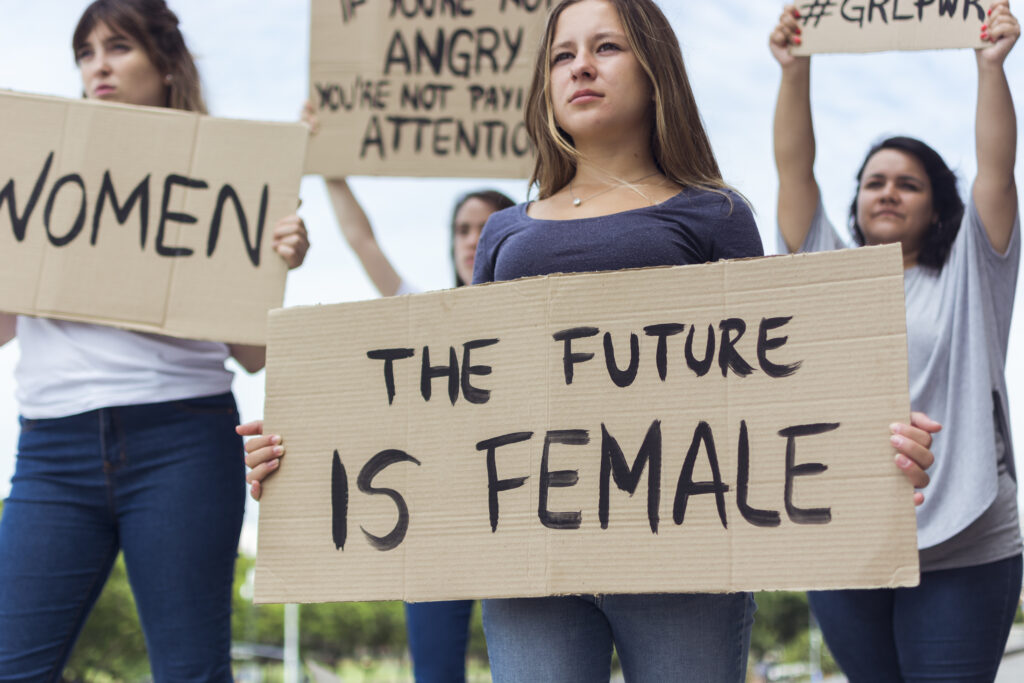
Why Is A Gendered Approach In Climate Change Policy imperative?
Adapting to climate change requires more than just resources; it demands control over essential assets like land, money, and tools. This is where it gets complicated for women, who face significant barriers in accessing these resources directly.
They are more likely to be dependants in their male dominating societies. Also, they are either low-income earners, or have less education, and are excluded from property rights. This further limits their ability to secure credit and benefit from agricultural extension services.
This exclusion is exacerbated by institutional biases that assume men are the primary farmers, leaving women without access to new technologies designed to enhance resilience against droughts and heatwaves.
A gendered approach becomes crucial because it recognizes these disparities and seeks to address them. It acknowledges the different roles and challenges faced by men and women, assisting policymakers to design more effective adaptation strategies.
For instance, targeted support for women farmers can improve their access to extension services, enabling them to adopt climate-resilient practices. This enhances their ability to adapt and also contributes to more equitable and sustainable agricultural systems.
How Can Gender Inclusive Climate Action Plan Solves Climate Challenges
1. By Closing the Data Gap
Collecting gender-disaggregated data reveals hidden inequities. This can be better understood by the example of gender safety audits in cities like Bogotá, where the poor street lighting deterred women from using public transit—a barrier to low-carbon mobility. Addressing this boosted transit ridership and reduced car dependency.
2. By Empowering Local Leadership
Mentorship programs and participatory planning amplify women’s roles in climate innovation. The GAMMA methodology, adopted by cities like Barcelona, evaluates policies for gender bias in climate and integrates community feedback to improve outcomes like renewable energy access.
3. By Mainstreaming Gender in Finance
Climate investments often overlook gendered impacts. Gender-responsive budgeting ensures funds support projects like clean cookstoves (reducing indoor air pollution for women) or drought-resistant crops managed by female farmers.
Scientific Revelations On How Does Gender Equality Help Fight Climate Change
Gender equality isn’t just a social goal—it’s a climate multiplier. Studies show that when women lead, environmental policies are more ambitious and resource-efficient. For example:
- Research revealed that women’s involvement in forest management signifiantly increases conservation success rates.
- Countries with higher female parliamentary representation adopt stricter climate treaties.
Equality also reduces vulnerability. In regions where women have land rights, agricultural resilience to floods and droughts improves, directly mitigating food insecurity.
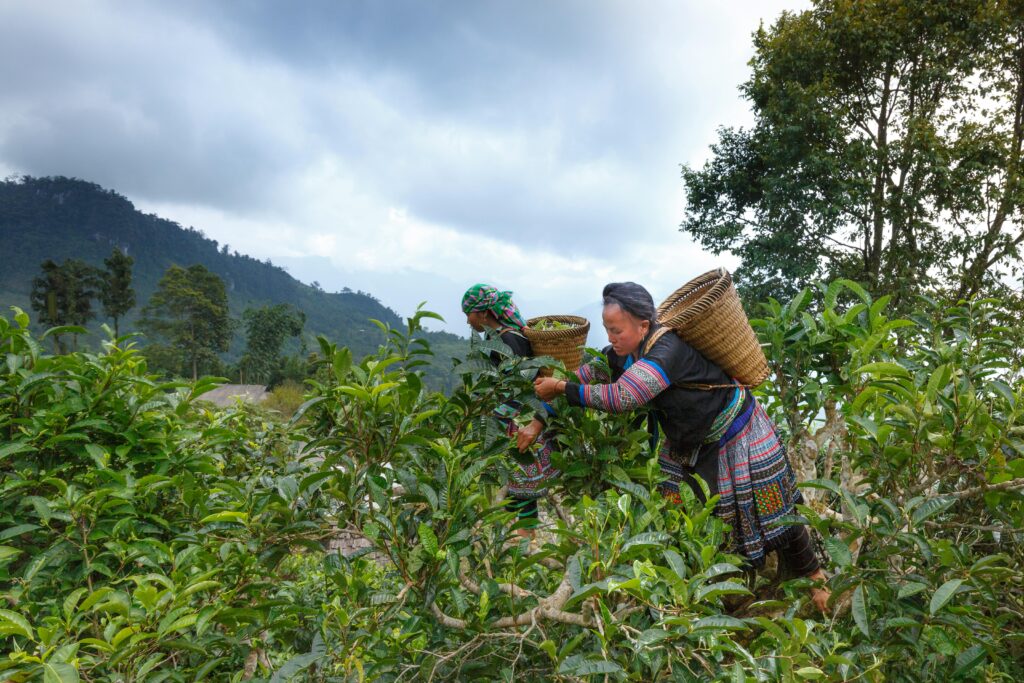
Final Insight
Climate justice cannot exist without gender justice. By centering inclusivity, we unlock solutions that are not only fairer but also more effective. As Zulfia Abawe notes, COP28 and future forums must prioritize this intersectionality: “Empowering change transcends being a choice—it’s an imperative for a thriving, equitable world”.
The question isn’t whether we can afford gender inclusive climate action—it’s whether we can afford to ignore it.

